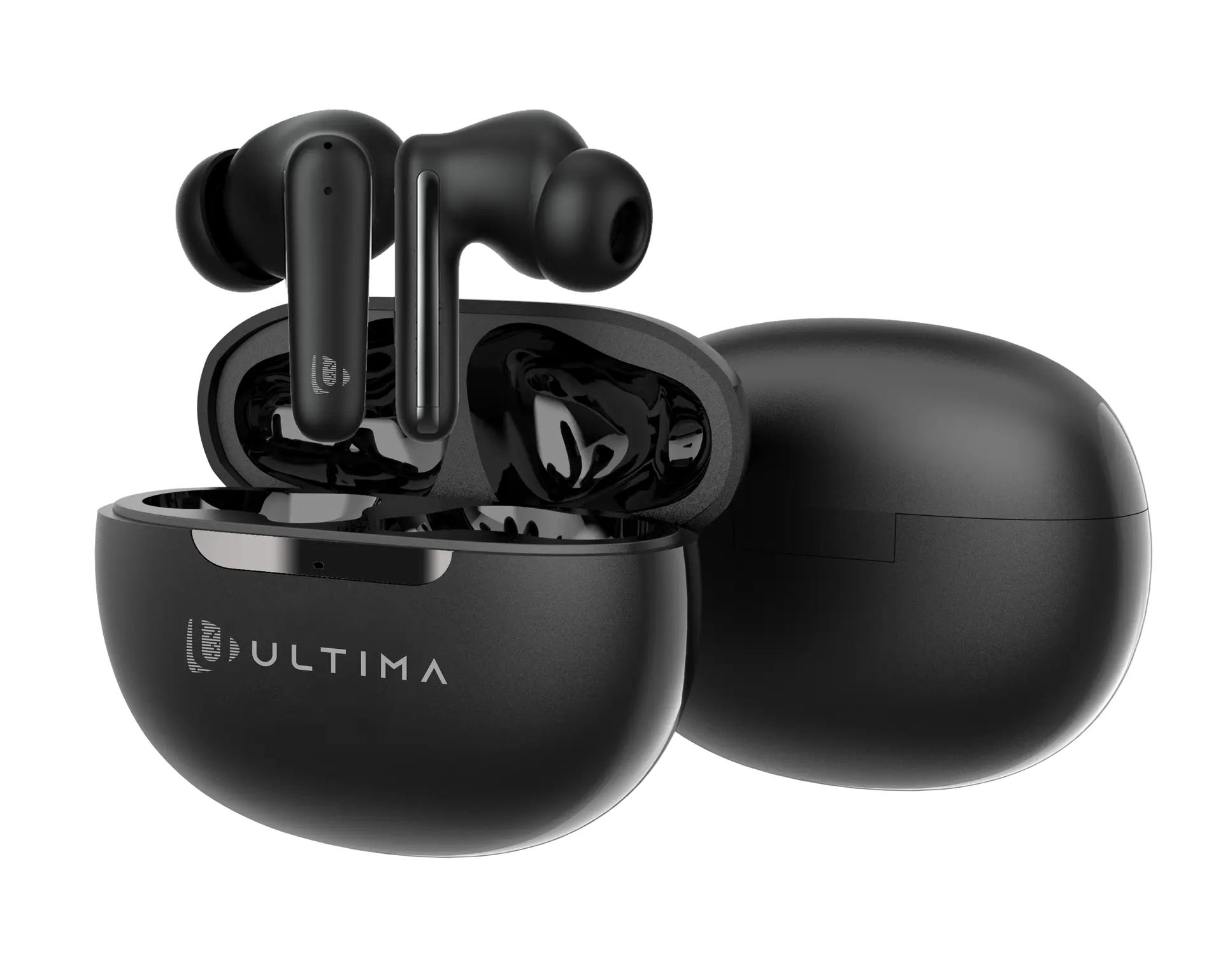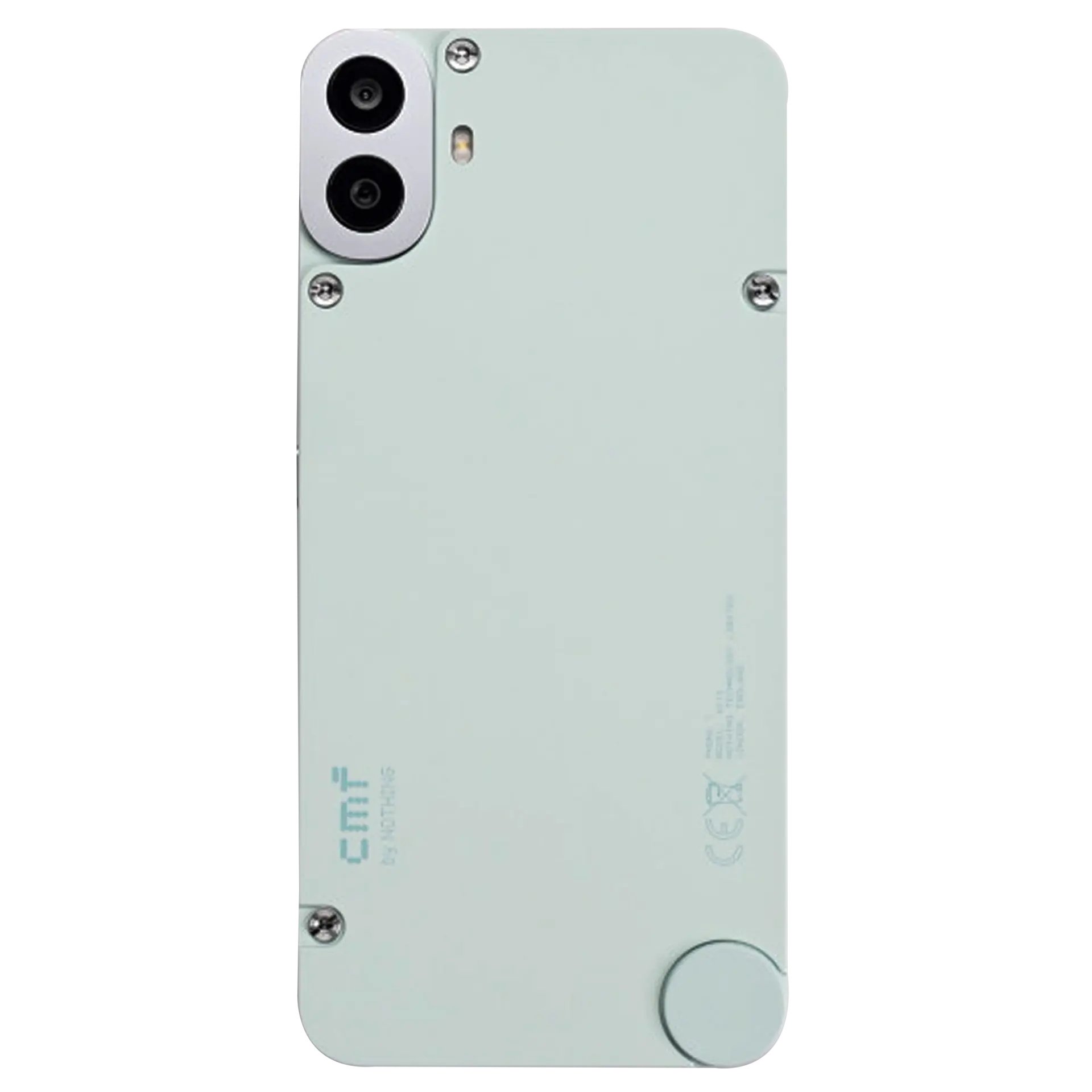GPMI: A new cable standard that could replace HDMI and USB-C
By Dip Khatiwada
Content Writer
Updated on Apr 11, 2025

A group of more than 50 Chinese tech companies, under the Shenzhen 8K UHD Video Industry Cooperation Alliance, has announced a new wired communication standard called GPMI (General Purpose Media Interface). This new cable standard is designed to handle high-bandwidth data and power over a single cable, potentially simplifying setups that currently require multiple connections. This article will discuss everything about the latest GPMI Cable, including its features and capabilities in more detail.
GPMI Cable Overview
What can GPMI do?

The GPMI standard supports 8K video transmission, high-speed data transfer, and power delivery — all through one cable. It's being introduced in two types:
-
GPMI Type-B: Uses a proprietary connector, supports up to 192 Gbps bandwidth and delivers 480 watts of power.
-
GPMI Type-C: Compatible with existing USB-C ports, supports up to 96 Gbps bandwidth and 240 watts of power delivery.
This means GPMI Type-C can charge a laptop, output video to a monitor, and carry data at high speeds all at once, using the same physical shape as a regular USB-C cable.
How It Compares to Existing Standards
| Standard | Bandwidth | Power Delivery |
|---|---|---|
| HDMI 2.1 FRL | 48 Gbps | No Power |
| HDMI 2.1 TMDS | 18 Gbps | No Power |
| DisplayPort 2.1 (UHBR20) | 80 Gbps | No Power |
| USB4 | 40 Gbps | 240W |
| Thunderbolt 4 | 40 Gbps | 100W |
| GPMI Type-C | 96 Gbps | 240W |
| GPMI Type-B | 192 Gbps | 480W |
The GPMI Type-C version already outperforms Thunderbolt 4 and USB4 in terms of bandwidth, while matching the latest USB power delivery specs. The Type-B version is even more powerful, though it uses a new, non-standard connector.
One Cable to Simplify Everything
The idea behind GPMI is simple: reduce clutter by merging video, data, and power into one cable. This means no more separate HDMI, power, and USB cords when setting up a laptop, monitor, or media box. It also supports a universal control system (similar to HDMI-CEC), allowing you to use a single remote for all connected devices.
If GPMI becomes widely adopted, we could see neater desk setups and simpler TV installations.
What GPMI Can’t Do (Yet)
While GPMI sounds promising, there are some caveats:
-
Your computer, monitor, or TV must have GPMI-compatible ports. Just having a USB-C shape isn’t enough.
-
Existing USB-C devices won't automatically benefit from GPMI speeds or power delivery unless they explicitly support the standard.
-
Adoption is still very limited — there are no mainstream laptops, GPUs, or TVs that support GPMI as of now.
-
The Type-B connector is proprietary, meaning it may face hurdles in adoption unless widely licensed.
Also, while GPMI Type-B can deliver 480W of power, it’s still not enough to power high-end desktop GPUs like the RTX 5090, which can consume more than that on its own.
Should You Care Right Now?
Right now, GPMI is a future-facing standard. It could replace HDMI and USB-C for many use cases, especially in high-end 8K setups, gaming laptops, and all-in-one PC solutions. But until device makers adopt it, it remains a powerful idea — not a practical reality.
The Bottom Line
GPMI combines fast data, high-resolution video, and powerful charging in one cable. If widely adopted, it could simplify how we connect laptops, TVs, and other devices. But until hardware manufacturers start building GPMI ports into their devices, it’s not something you can use just yet, even if the cable looks like a regular USB-C.
How did we do with this article?
Conversation
We’d love to hear your thoughts! Let's keep it respectful and on-topic. Any inappropriate remarks may be removed. Happy commenting! Privacy Policy
Be the first to share your thoughts—start the conversation!
Related News
Best Tech Deals
More Articles


